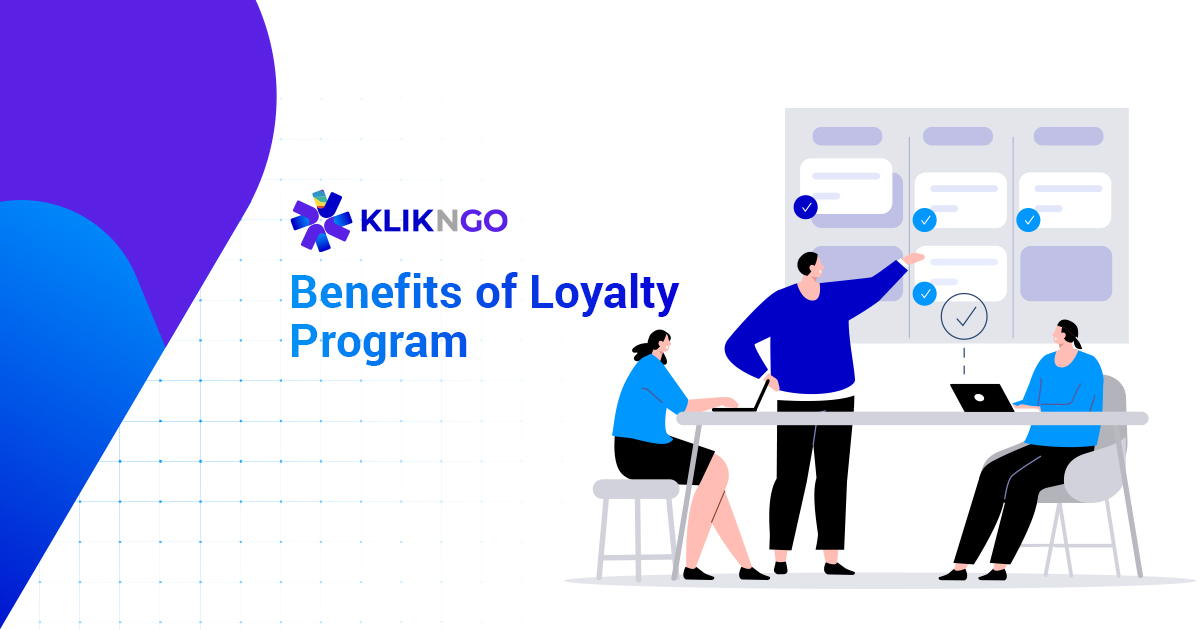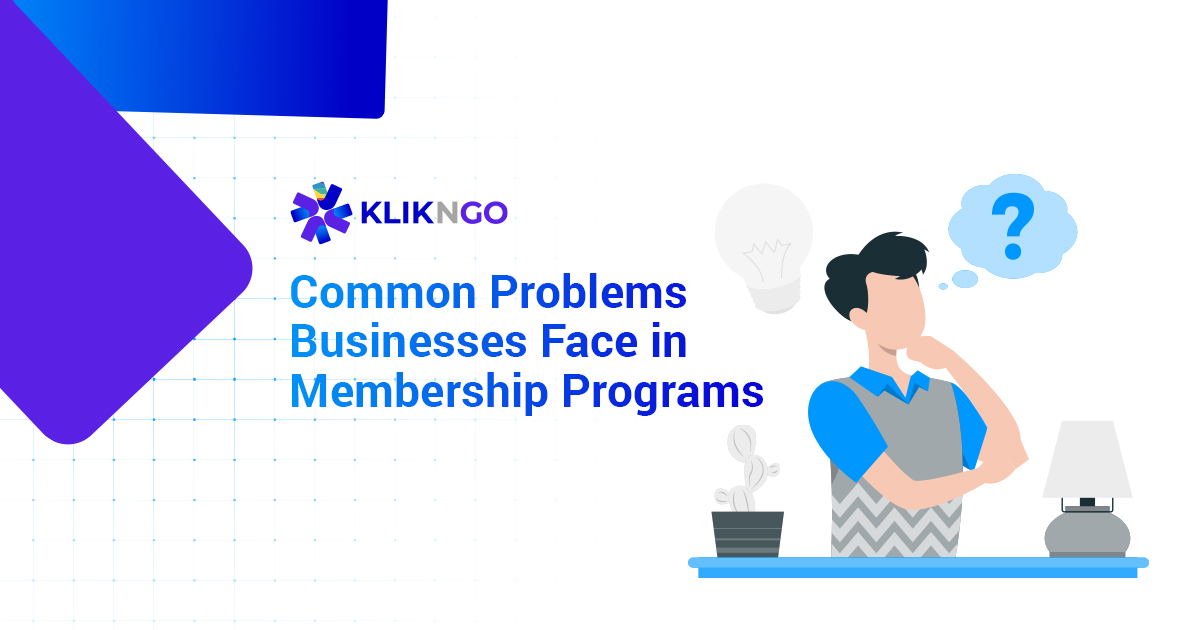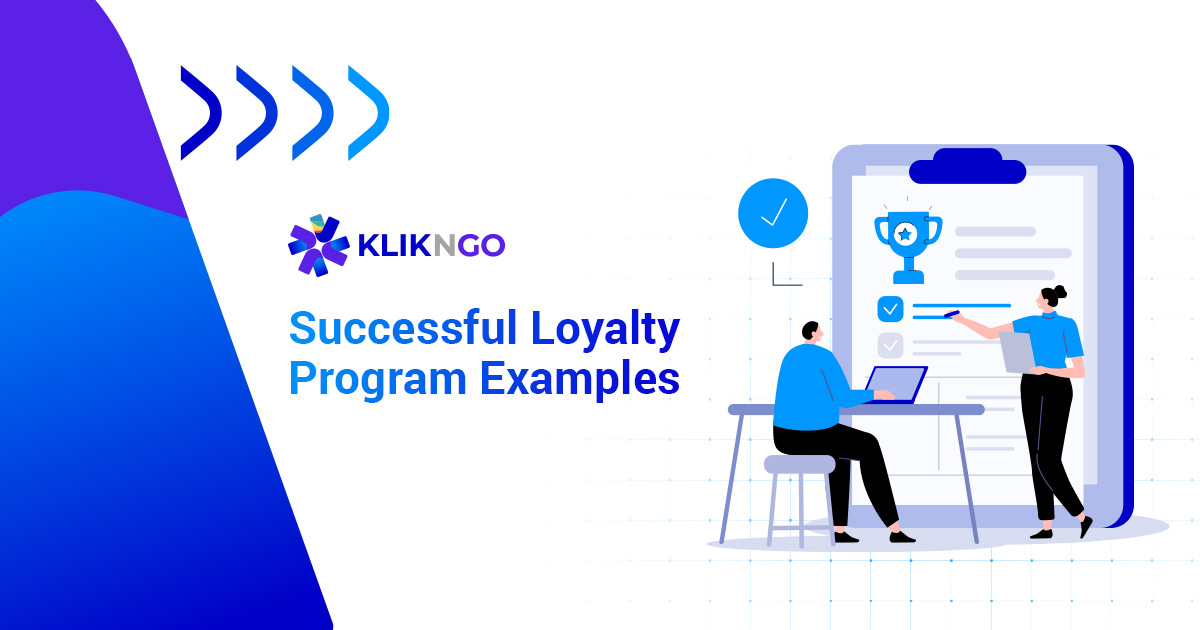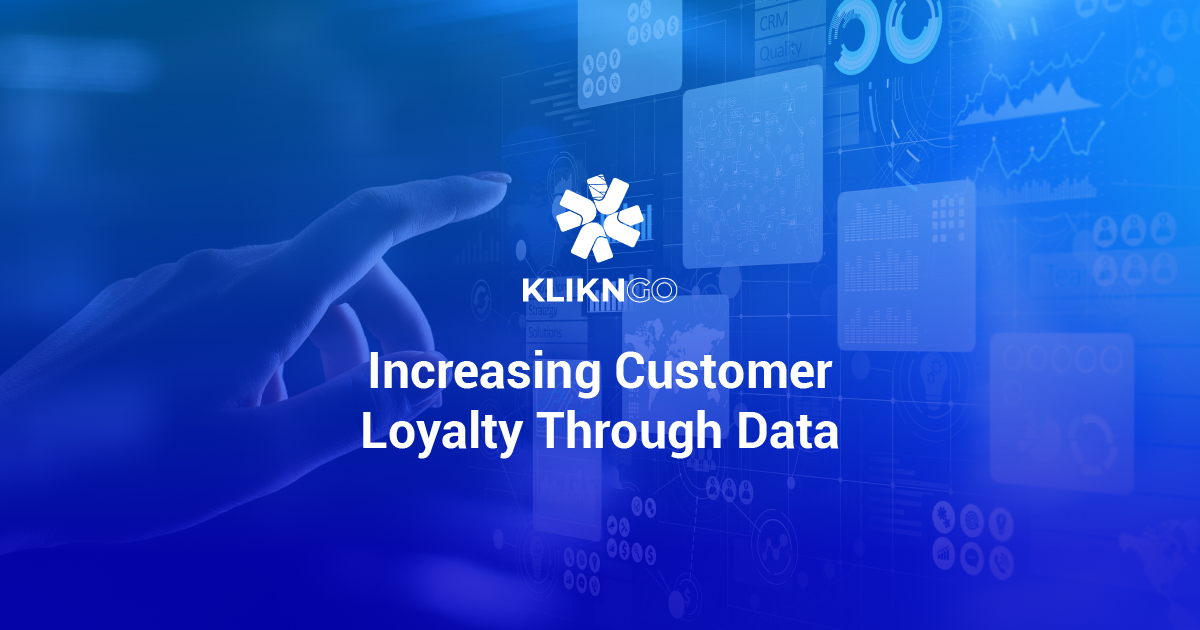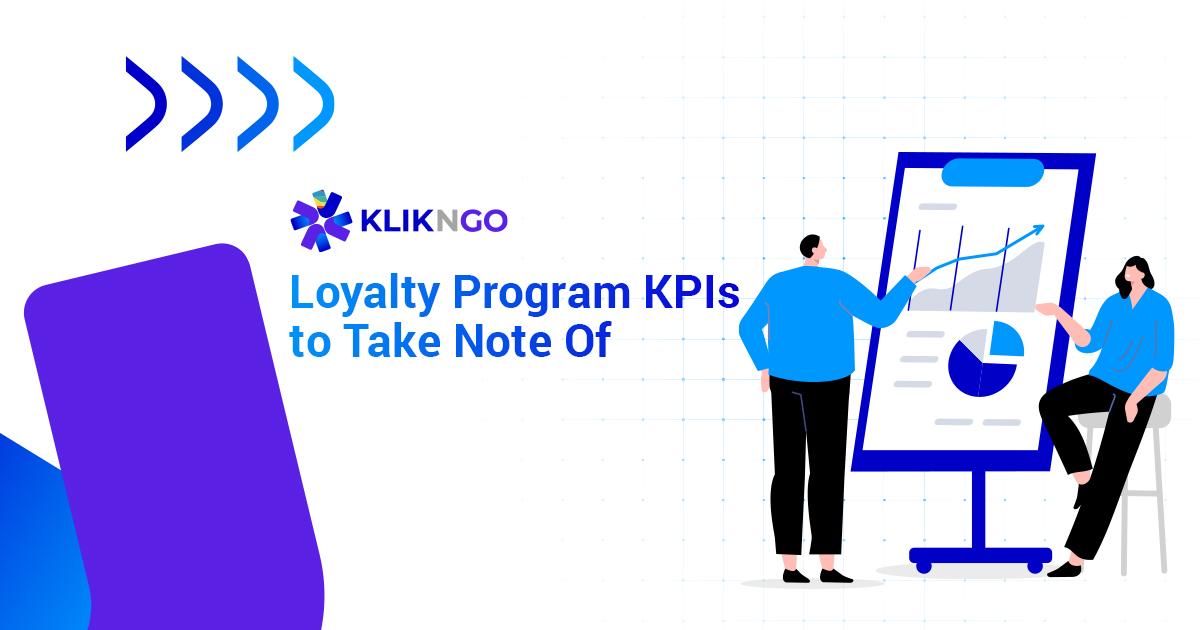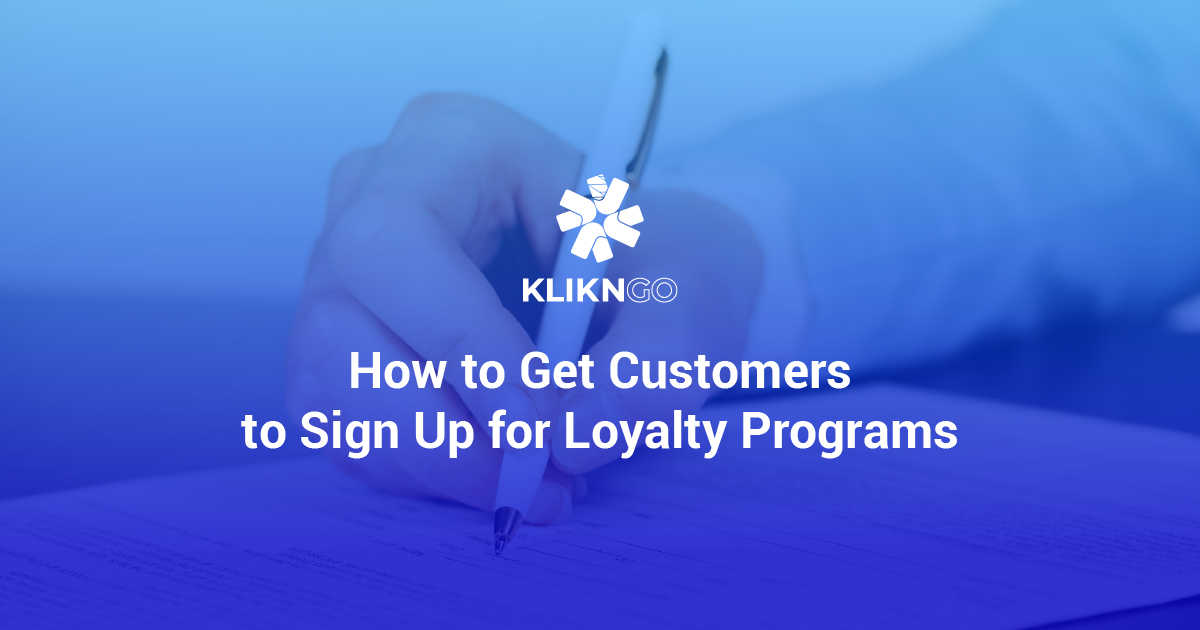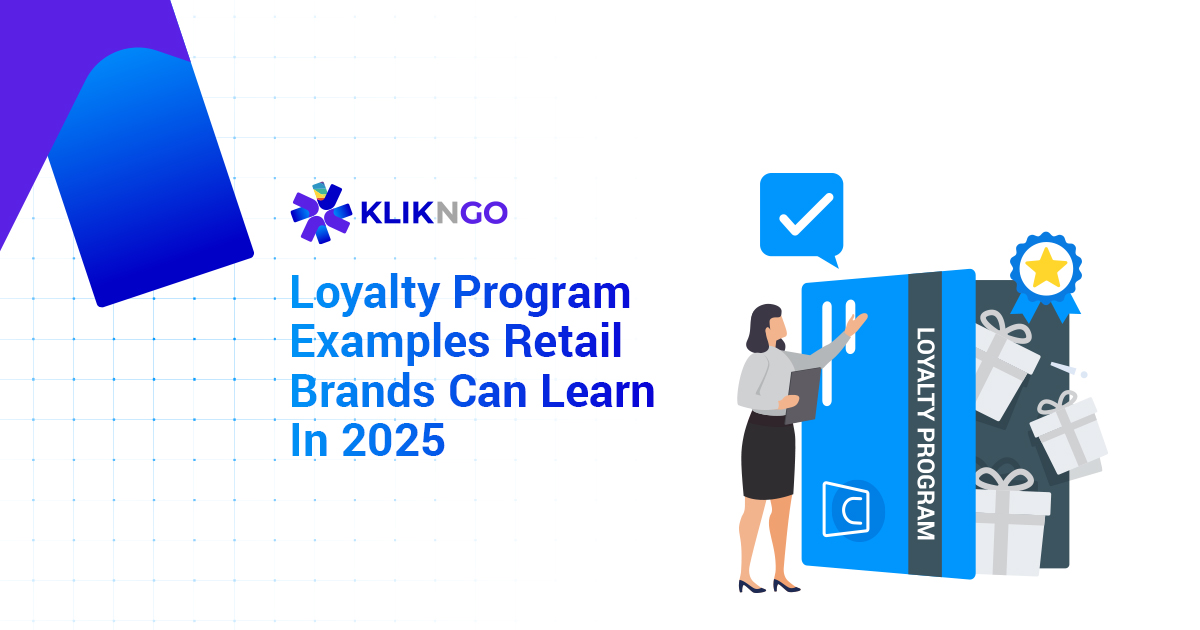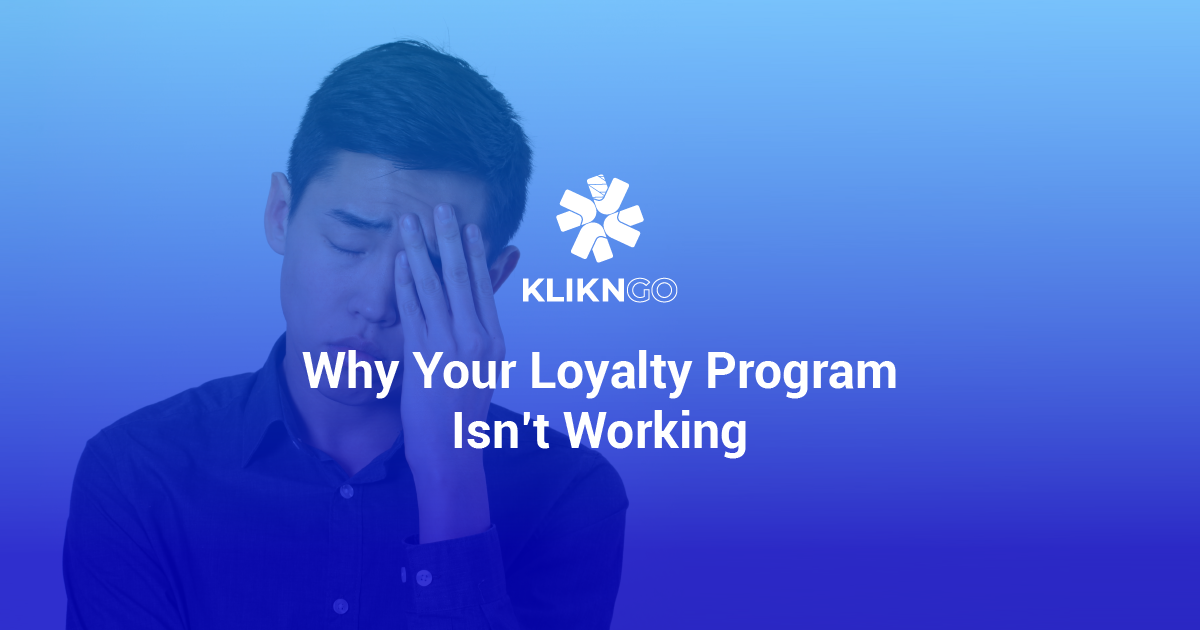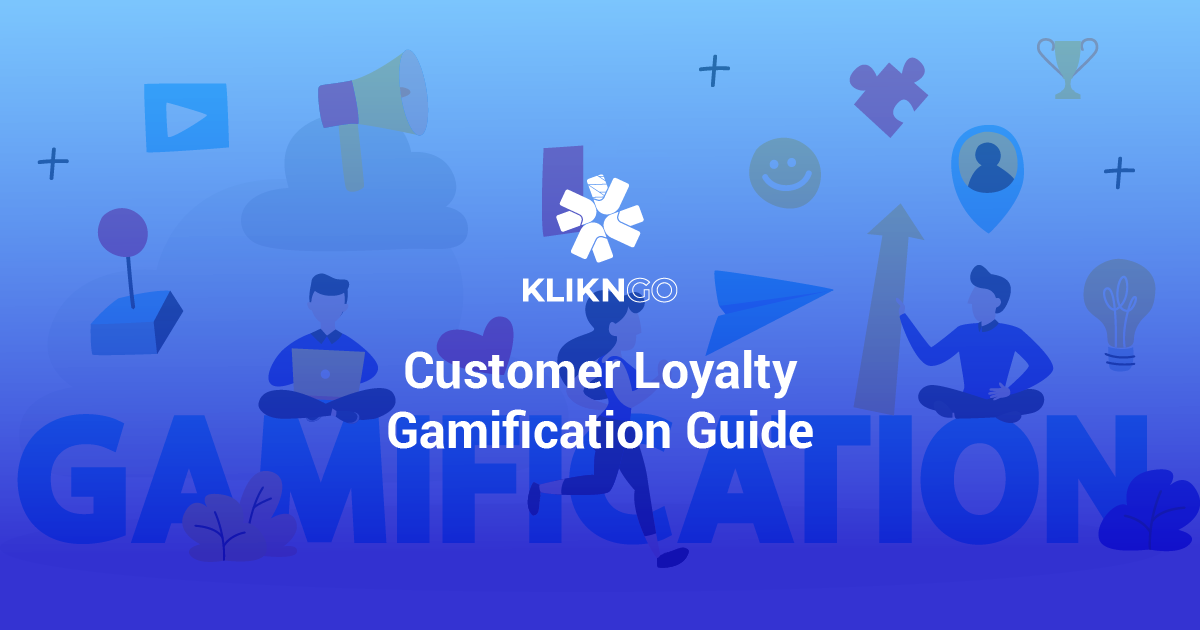What are the Benefits & Advantages of a Loyalty Program?
Customer Behavior Insights & Data Collection
One of the biggest perks of having a loyalty program is how it helps you understand your customers better.
Unlike social media and other third-party platforms that don’t give you much customer data, a well-designed loyalty program lets you gather important data.
You can learn about their preferences, how often they buy, what rewards they like, how long they stick around on your online store, whether they recommend you to friends, and more.
With all this info at hand, you can build detailed customer profiles and divide them into different groups based on their behavior.
For example, if you run a pharmacy and notice customers aged 30 to 50 often use coupons or points to buy adult diapers, you can deduce that they probably have elderly family members to care for.
Using this knowledge, you can launch targeted campaigns to promote related products or services to that demographic, using the data collected from your loyalty program.
These personalized marketing strategies wouldn’t be possible without the solid data your loyalty program collects!
Improved Customer Lifetime Value (CLV)
One of the great benefits of having a loyalty program is how it can boost your customer lifetime value (CLV). If you’re unfamiliar, CLV measures the total revenue or profit you earn from a customer throughout their entire relationship with your business, whether looking at individuals or the average of segmented groups.
A loyalty program achieves this by enabling upselling, cross-selling, running promotions, and issuing vouchers—all of which contribute to increasing CLV.
For instance, when you run a voucher campaign, you can track metrics like voucher-driven profit and redemption rates to gauge their profitability and customer perception.
By leveraging the data collected (like we’ve mentioned in the first point), businesses can personalize offers and effectively upsell, thereby enhancing CLV.
Additionally, personalized rewards help deepen customer relationships, drawing them further into the loyalty loop. This often leads to increased organic spending from customers, deeper down the line.
Word-of-Mouth & Referral Marketing
Referral marketing, also known as word-of-mouth marketing, is a powerful tool in business. People tend to trust recommendations from friends and family, which significantly boosts conversion rates.
A loyalty program can help with encouraging referral marketing (both to your business and loyalty program), through examples like gamification, challenges, and more.
A great example that we at KlikNGo love to use is from one of our clients, Omusubi (a popular Japanese food chain in Hong Kong).
Omusubi saw a substantial increase in its membership base. With our help at KlikNGo, they implemented engaging gamification strategies such as team collaboration sushi challenges.
These challenges encouraged customers to refer friends and family to join their app, earning rewards by achieving goals like eating 20 plates of sushi per week.
A well-built loyalty program will help with organic referrals in the long run, and Omusubi is living proof of that!
Less Dependent on New Customers
Having a loyalty program also builds up natural loyalty among your customers, which means you won’t have to constantly rely on getting new customers for growth and profit.
If your loyalty membership is big and active, they’ll keep bringing in revenue steadily, even if you’re not getting as many new customers.
As we mentioned earlier, loyal customers tend to spend more, so their average spending per person is usually higher than newbies.
Plus, when you focus on marketing to and rewarding these loyal folks, you get a better bang for your buck compared to always trying to reel in new faces.
Forbes even points out that retaining an existing customer can cost 4 to 5 times less than snagging a new one!
By having a solid loyalty program, you end up spending less, giving back more, and still growing and making a profit.
More Customer Interactions & Purchasing Frequency
Loyalty programs also boost how often customers engage with your business and how frequently they make purchases.
Business interactions refer to how many times customers interact with your business within a specific period. Without a loyalty program, customers might only visit your online store or engage with your social media a few times a month.
A loyalty program can help increase this frequency using strategies like daily attendance challenges (part of gamification), push notifications, and special promotions.
For instance, our clients have found that daily attendance challenges are particularly effective, increasing customer interactions by up to 20 times in any given month.
More interactions generally lead to higher purchasing frequencies, depending on your industry. A well-designed loyalty program provides the best opportunity to enhance purchasing frequency and increase the overall value of customer baskets.
Thus, organically increasing revenue and profits in the long run!
Improved Average Spend Per Basket
Using the same strategies mentioned (like promotions and vouchers through your loyalty program), you can increase how much your customers spend per basket, through your loyalty program.
This refers to the average amount they spend each time they make a purchase. Smart upselling, promotional campaigns, and vouchers are key tactics in achieving this.
Typically, we’ve observed that three strategies are particularly effective in boosting the average basket value in a loyalty program, at least for our clients:
- Minimum Spend Vouchers: Customers are encouraged to spend more to receive a discount on their total purchase. It’s crucial to ensure these vouchers are profitable by tracking voucher-driven profit.
- Bundle Promotions: Customers receive a free gift or special offer when they purchase a personalized bundle. For example, receiving free adult diapers with the purchase of a wheelchair and supplements at a pharmacy.
- Personalized Cross-Selling at Checkout: Providing helpful and tailored suggestions that tempt customers to add additional items to their baskets.
These strategies can work in combination rather than in isolation. Our clients have found that striking a balance between all three, or even just focusing on a couple, can significantly increase the average basket value.
Differentiation via Rewards & Value-Added Services
Loyalty programs also give businesses a way to stand out from competitors without always having to compete on price.
Differentiation here means offering rewards and value-added services that customers value enough to choose your business over others.
For instance, think about airlines: Many travelers stick with their preferred airline because they can earn points and miles, even if another airline offers a cheaper fare on a particular trip.
If you look beyond points and miles, being part of an airline’s loyalty program can also mean enjoying value-added services like access to airport lounges, extra baggage allowance, or even faster check-ins.
You can do the same, regardless of the industry you’re in or your business size. A loyalty program will make your members feel important through rewards and value-added services, and that feeling of importance is one of the pillars of fostering loyalty, bringing them from top-funnel members to loyal bottom-funnel ones.
What are the Disadvantages of Loyalty Programs?
Hard to Pivot When Your Loyalty Program Becomes Big
While loyalty programs offer many benefits, they also come with significant drawbacks that businesses have to consider.
One challenge is if you need to change your loyalty program whether to prioritize profitability or other factors.
Here’s an example, Starbucks faced backlash when changes to their loyalty program in 2016 left members feeling their rewards and points were devalued.
For context, they changed their loyalty programs from earning one “star” per visit, to earning two “stars” per dollar spent.
This change in structure means that customers who spend less per visit are getting penalized, leaving many customers unhappy, and considering alternatives.
Brand Devaluation & Wrong Target Audience
Another issue pops up when loyalty programs attract short-term deal-seekers instead of building real customer loyalty.
When loyalty schemes heavily focus on discounts, they tend to lure in customers who switch brands just for the sake of a good deal, rather than sticking with your brand because they genuinely like it.
These customers might stick around only for the duration of a promotion and then go quiet afterward, which can lead to higher churn rates overall.
Relying too much on discounts can also change how customers behave, making them only buy from you when there’s a promotion running, which may not help your long-term profitability or customer loyalty in the end.
On top of that, flooding the market with promotions can water down your brand’s image and reduce its perceived value.
Think of brands like Michael Kors and Coach, which have been criticized for constantly offering discounts, potentially lowering their status as luxury brands in customers’ eyes.
Data Breaches, Security & Legal Concerns
Plus, managing data privacy and security is crucial for loyalty programs. While collecting customer data helps personalize offers, mishandling it can breach trust and land you in legal trouble.
Just look at the Marriott data breach in 2018, where hackers accessed a ton of personal info from loyalty program members, leading to hefty fines and a serious blow to trust.
Given these challenges, it’s crucial to choose a trustworthy and secure loyalty program provider.
At KlikNGo, we’ve got years of experience in running effective loyalty programs, ensuring your business can build lasting customer loyalty while keeping their data safe and sound.
Examples of Successful Loyalty Programs
Aptamil - Renowned Milk Formula Brand
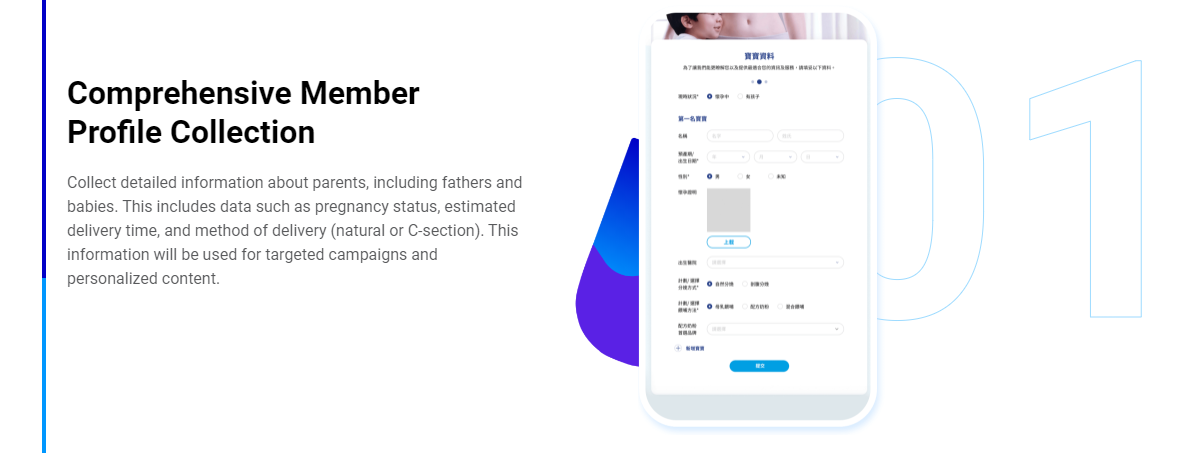
Aptamil partnered with us to develop a loyalty member site aimed at enhancing interactions with its members across both online and offline retail platforms.
Our goal was to seamlessly integrate data across all functions to provide a unified experience. Key features of the project included collecting comprehensive member profiles to personalize campaigns based on pregnancy status, estimated delivery time, and delivery method.
We also implemented a system for tracking baby ages to provide timely information and targeted promotions. An integrated E-Wallet allowed members to easily add funds for purchases and access premium content.
We established a versatile voucher system that enabled members to acquire and redeem vouchers for discounts and exclusive promotions, ensuring accessibility via the member wallet both online and in-store.
Additionally, a centralized customer database was created to consolidate member data across channels, guaranteeing a consistent experience. Exclusive interactions such as parenting classes and workshops were offered exclusively to Apta Club members, enhancing engagement and loyalty.
This project showcases our capability to deliver tailored solutions that enhance customer engagement and drive business growth in the retail sector!
Haagen Dazs - World-Famous Ice Cream Brand
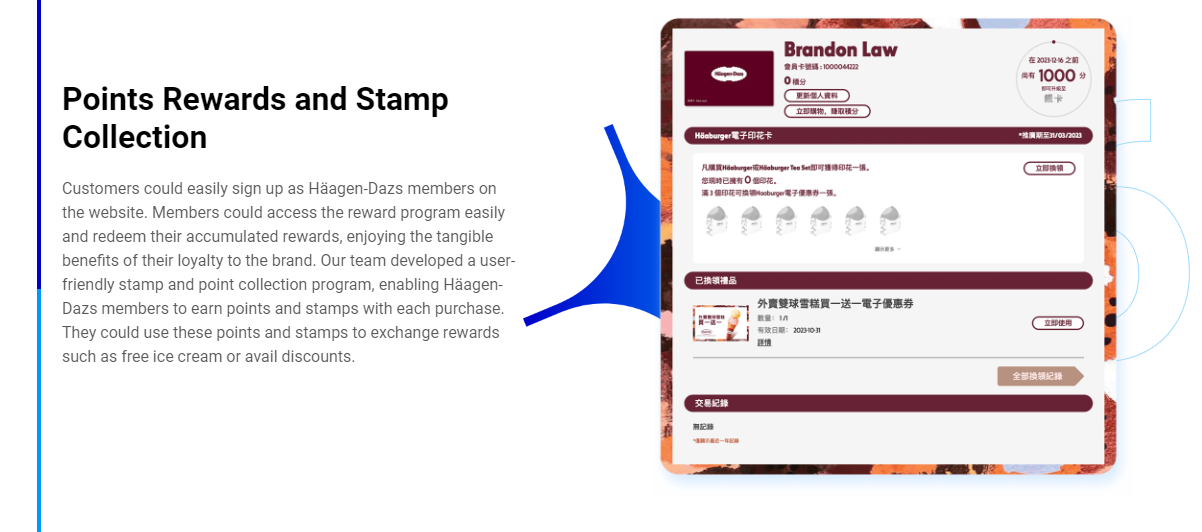
At KlikNGo, we partnered closely with Häagen-Dazs to improve their voucher management and enhance customer engagement through a robust loyalty program.
As Häagen-Dazs expanded, managing vouchers across their stores and online platforms became challenging. They turned to us to streamline operations and use customer data effectively.
We integrated our loyalty program solutions across their offline shops, e-commerce platforms, and CRM systems. This integration made sure updates were seamless and tracking was accurate throughout their operations.
Our collaboration enabled a successful Home Delivery campaign, allowing customers to redeem vouchers online with ease, improving delivery efficiency and reducing errors.
In-store, we introduced QR code scanning for quick and flexible voucher redemptions. We also introduced a user-friendly online gifting panel, making it easy for customers to send Häagen-Dazs products as gifts, enhancing customer convenience.
Our system enabled Häagen-Dazs to monitor voucher availability effectively, preventing overselling and ensuring smooth transactions.
Additionally, our comprehensive loyalty program allowed members to earn points and stamps with purchases, redeemable for rewards like free ice cream or discounts.
How Are Loyalty Programs Effective?
Loyalty programs are effective in several important ways. First, they provide businesses with valuable insights into customer preferences, purchasing habits, and behaviors, which are more detailed than what social media or other platforms typically offer.
This data enables businesses to create targeted marketing campaigns and personalized experiences, ultimately boosting customer retention and satisfaction.
Other than that, loyalty programs increase customer lifetime value (CLV) by encouraging repeat purchases and opportunities for upselling. Through incentives like promotions and vouchers, businesses can not only track profitability but also customize offers for different customer segments.
This personalized approach not only enhances CLV but also fosters stronger customer relationships, leading to consistent revenue growth over time.
Additionally, loyalty programs promote word-of-mouth marketing and referrals through gamification and rewards.
For example, businesses like Omusubi use challenges to encourage customers to refer friends and family, thereby expanding their customer base organically.
This strategy enhances brand visibility and loyalty, as existing customers become advocates for the brand.
Check out our loyalty program offerings for more information!

